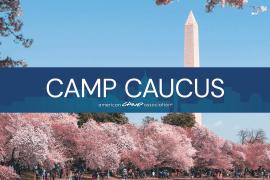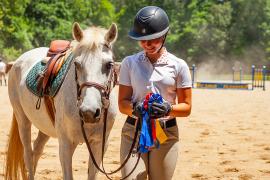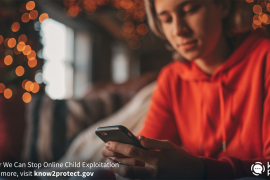When and how you communicate has a big impact on relationships. This rings especially true when it comes to communication with the most important individuals for your organization: your campers and their parents.
Creating a steady stream of communications before, during, and after camp is key to your camp's success and to making sure parents and kids are aware, informed, and happy.
Not sure where to start? We’ve got you covered with a free step-by-step guide to the three main phases of camp communication that you should plan.
Phase 1: Before Camp Starts
This phase isn’t just the period right before kids are sent to camp, but also before parents register them. It’s probably the most crucial phase of communication because it sets you up for success but also prepares parents for the registration process. Before camp communication consists of two key items:
1. Providing information
In terms of information that you can provide ahead of camp, it’s all about equipping parents so they can feel prepared and reassured to sign up and send their kids to camp, as well as manage their expectations of the camp rules and regulations. Some items you’d include in your communication plan during this period are: the types of programs and activities parents and kids can choose from, how to register a child, a parent’s guide to sending their kid to camp, sharing registration and withdrawal policies, as well as invoices and payments policies.
2. Collecting information
Collecting information about your campers should go hand in hand with the registration process, because ideally your software can make forms mandatory before check-out. Some information you should collect during this time is: guardian info, medical info, camper preferences and skill level, camper photos for IDs, and their transportation details. Collecting this information sooner rather than later will prevent you from chasing down forms while your programs and activities are up and running.
Phase 2: While Kids Are at Camp
The second phase of your communication plan is for when your camp is in full swing. Planning this in advance helps you focus on the fun, ensures safety, and ensures that nothing slips past you during your busiest time of the year.
1. Keeping parents in the loop
You’ll have already outlined how children and parents can be in touch via policies in the previous section, so whether it be emails, texts, calls, or even visits, make sure you are prepared to deliver on those promises during camp. Otherwise, posting regularly on social media, your blog, and sending out emails are very important ways to give parents updates about their kids. Our number one recommendation to help you save time and give your campers an opportunity to learn? Have an activity where campers are regularly charged with taking photos or writing blog posts. With the guidance of a counselor, they’ll love the opportunity to express themselves online and parents will be delighted by the technical skills they develop.
2. Privacy
Something to keep in mind about this period is that it’s important to separate what information is ready for the public and what should be kept for parents alone. Email or phone is the best option for private, individual communication. In addition, a private Facebook group is a free option for creating a secure place that would host a group of only preapproved guardians. There you could update parents with changes to the drop off location, any health notices or safety reminders. Otherwise, having all parents in an email list which you can use for standard housekeeping news is also an easy solution. This option can be made even more efficient if you can create the list via your client database and send the emails directly through your camp management software.
Phase 3: Communications Once Camp Is Over
It’s great to approach this last phase by thinking about ways you can demonstrate all the value you have brought to your campers and their parents, because on top of bringing back fond memories, these are the first initiatives for encouraging loyalty to your camp.
1. Recaps
You can bring back good memories by sending out a recap email, writing blog or social posts about fun events, or resharing old posts as throwbacks. This can be done in the weeks immediately after the session ends or even gradually throughout the year depending on how much content you have to share.
2. Surveys and feedback
In addition, you’ll want to encourage feedback from campers and parents. This can be done via a simple email to which they can reply directly to, or you can go into more detail creating a more elaborate survey (there are plenty of free tools for that!). You’ll want to ask them for their input while all the great memories are fresh in their minds — so don’t hold off on this one too long!
To get access to more best practices and an email template, download the complete 2023 Camp Communication Guide eBook.
This article was sponsored by Amilia. Amilia helps you with your day-to-day so you can focus on bringing more to your campers. Find out why using Amilia’s SmartRec eCommerce platform is the smart way to run your camp.
Alanna Crochetiere is the Content Marketing Manager at Amilia. She works to create awareness about how technology can help organizations offer more to their members and grow their business. A former lifeguard and athlete, Alanna is passionate about helping community professionals discover Amilia’s SmartRec™ platform while sharing industry news and connecting them with information that can help make their day to day easier.
Photo credit: Liudmila Chernetska/iStock via Getty Images.
Periodically, the American Camp Association (ACA) makes timely and relevant information about products and services available to its members so they can make informed decisions for their camps. However, the ACA does not endorse products, services, or companies.
The views and opinions expressed by contributors are their own and do not necessarily reflect the views of the American Camp Association or ACA employees.



